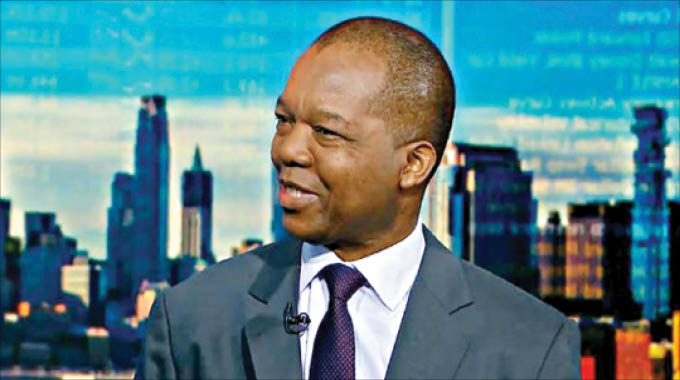RBZ to address cash shortage

Golden Sibanda, Harare Bureau
The Reserve Bank of Zimbabwe (RBZ) plans to increase the amount of physical cash in circulation after realising that some critical sectors of the economy such as the informal sector, senior citizens and the rural folk are excluded from fully participating in the economy.
RBZ governor Dr John Mangudya said this yesterday in the 2019 Mid-Term Monetary Policy Review Statement themed “Transition to Normalcy”.
Dr Mangudya said he expected prices of goods and services to have started stabilising or even falling substantially by February next year.
But it is the shortage of physical cash that the RBZ wants to immediately address to eliminate arbitrage opportunities through multi-tier pricing, which has partly contributed to the surge in inflation.
Dr Mangudya said the economic reforms instituted so far show a more positive outlook on the exchange rate and inflation.
Zimbabwe’s annual inflation raced to 175,5 percent in the eight months to June this year, from 5,39 percent in September last year due to the foreign currency parallel market exchange rates.
The re-introduction of the local currency in June this year and subsequent removal of the US dollar as a transacting currency, means the RBZ should issue adequate notes and coins to support the economy.
Due to the high cost of products when one is not using cash, there is increased demand for physical cash, as reflected by unending queues at most banks.
In addition, visitors to the country, including tourists were failing to access cash for domestic transactions.
“Failure to get cash is undermining the confidence in the local currency, as well as forcing economic agents to resort to the illegal transactions in foreign currency and to selling cash at a premium,” Dr Mangudya said.
“Accordingly, without prejudice to our cash-light society drive, which has served the country very well, the bank will continue to inject additional notes and coins on a gradual basis, to support productive (sectors) and lessen the inconvenience caused by physical cash shortages to the transacting public.”
It is expected that cash injections into the market by the RBZ will not result in an increase in money supply, as banks will use their existing RTGS balances to exchange for cash.
Dr Mangudya said the central bank estimated that based on historical cash levels and practices in neighbouring countries, the currency in circulation should be between 10 percent to 15 percent of broad money supply.
Presently, Zimbabwe has about $15 billion in circulation.
Dr Mangudya believes the ongoing policy measures have forced the parallel market exchange rate to start to converge with the interbank rate, as foreign currency flows to the formal market improve.
He said inflationary pressures should start to decline, as retailers adjust their prices in line with the relative stability of the inter-bank market and falling parallel exchange rate premiums.











Comments